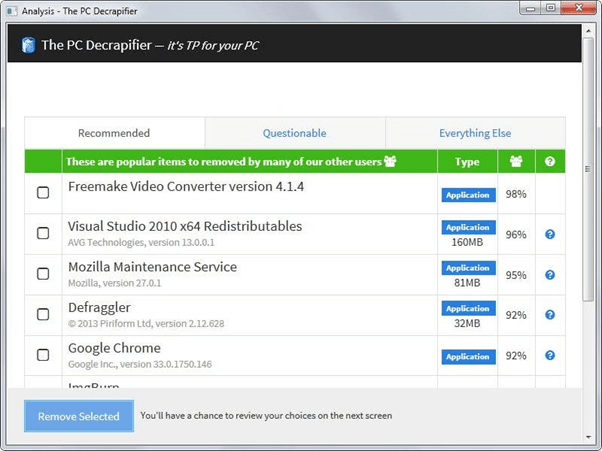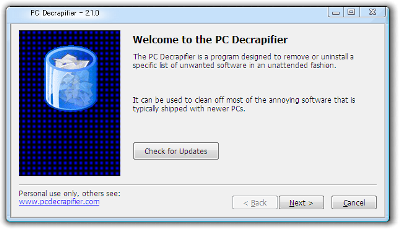

With the latest build of Windows 10, you are no longer given the choice of setting up a local login UNLESS you have no network connection when it asks to set it up. Understandable, they want you in their ecosystem. Microsoft is pushing harder every year for people to setup an account with them for logging into Windows. Tricking Windows 10 into creating a LOCAL account. The installer will take care of all the partitioning from there. Select and delete each partition on the target drive until you have only one choice named “Drive 0 Unallocated Space”. This can inherit any number of issues you are trying to overwrite from the previous install, and sometimes results in redundant useless partitions. Do NOT just choose the primary partition as the installer may try to reuse the current partitioning. I HIGHLY recommending not having any secondary drives connected at this point to avoid accidentally choosing or formatting the wrong drive. You will be given a list of partitions on all detected drives (not counting the boot media). It is best to be network connected on first boot so it is licensed out of the box to avoid possible activation issues later. Upon connecting to the Internet the installer will verify that the PC is already licensed. If you have previously run Windows on the PC, in most cases you can safely select “I don’t have a product key” when prompted to Activate Windows. GUID Partition Table - Wikipedia if you want more details Legacy = MBR partition (2TB partition limit, less resilient against file corruption) Which one you choose when booting the install media will affect how Windows 10 partitions your hard drive.īoot UEFI = GPT partition (more robust, higher partition size/number limits) Most PCs made/built in the last several years should hopefully default boot in UEFI mode. When prompted for 64/32 bit, if you don’t know you need 32-bit you probably don’t. It is also a good thing to keep in a drawer should you need to repair Windows later.

This will prepare a USB stick (or DVD if you have to) that you boot from to install Windows.

If possible, Before you wipe ANYTHING, download and run the Media Creation Tool from That said there are a few things you can do during install to make your life easier and your PC run as it should. Once it syncs up to Microsoft’s servers it should verify the PC is already set. 99% of the time, if you have run Windows 10 on the PC prior to wipe you shouldn’t even need a license key. This is especially true with regard to licensing. In my opinion, Windows 10 is one of the easiest versions of Windows yet to install.


 0 kommentar(er)
0 kommentar(er)
